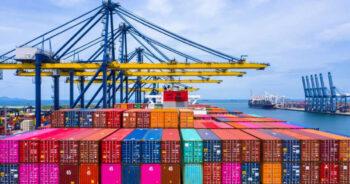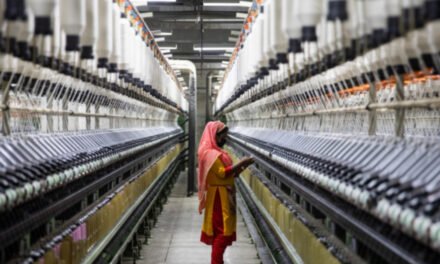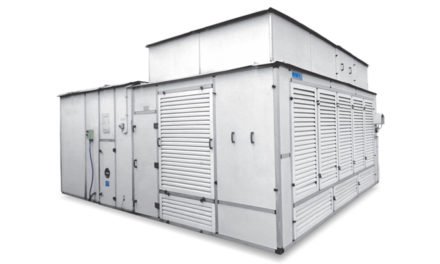 Textile and garment imports by India, traditionally a major exporter, jumped as much as 48.8% until November this fiscal from a year ago to $7.2 billion, while the outbound shipment of such products shrank 13.4% to $23.1 billion. Such imports are likely to go well past $10 billion in the current fiscal to hit a record.
Textile and garment imports by India, traditionally a major exporter, jumped as much as 48.8% until November this fiscal from a year ago to $7.2 billion, while the outbound shipment of such products shrank 13.4% to $23.1 billion. Such imports are likely to go well past $10 billion in the current fiscal to hit a record.
But what causes concern is that the growth in imports was driven not just by massive purchases of inputs — including raw cotton, fabrics, and man-made textiles — but also by those of finished products. Apparel imports shot up 53% to $1.2 billion in the first eight months of this fiscal (see chart). More than 40% of the garment imports were from Bangladesh, where several Indian firms have set up units over the past 15 years to take advantage of its duty-free access to large markets, such as the US and the EU. Another 20% came from China.
“The imports were driven up by 2-3 factors. First, a shortage of cotton in the domestic market not just pushed up imports of the fibre but also affected the production capacity of several units in the value chain. The spurt in cotton prices, too, drove up the import value of both inputs and finished products,” said one of the sources. “More importantly, some Indian companies, which had set up units in Bangladesh, may have ramped up garment supplies to India from there,” he added.
Official sources, however, believe that the situation will improve next fiscal once early investments made under the production-linked incentive (PLI) scheme for textiles (Rs 1,536 crore until last month) start to bear fruit. India’s recent trade deals with the UAE and Australia, too, will help. Expected improvement in cotton production will also reduce imports of the basic raw material next fiscal.
Nevertheless, the narrowing net trade surplus in this sector — which stood at $15.9 billion until November this fiscal, against $21.9 billion a year ago — shows India’s plan to recapture its lost share in the global textiles and garment trade is going to a be a herculean, if not impossible, task. Moreover, it brings to the fore the perils of a sector where India has remained almost self-reliant historically. These also highlight the need for at least one more PLI scheme for textiles and garments, which the government is contemplating.
Importantly, the share of such despatches in the country’s goods exports has been steadily declining over the past decade and a half and stood at just 7.8% until November this fiscal; the share was to the tune of 13.7% in FY16. This suggests a steady erosion of export competitiveness, despite government efforts to turn around the fortunes of the largest labour-intensive sector after agriculture.
With the country’s top two textiles & apparel export markets — the US and the EU — witnessing a demand slowdown, shipments of these products will continue to remain under pressure. Unless corrective actions are swiftly taken, the ambitious target of realising annual textile and garment exports of $100 billion in five years is set to be missed.
Importantly, the 13.4% contraction in textile and garment exports in the first eight months of this fiscal was in stark contrast to the 12.2% rise in overall merchandise despatches. Such imports also accelerated at a much faster pace (48.8%) than the overall goods purchases from overseas (29.5%) during this period.
To be sure, the historical policy bias towards cotton-based value chain when global consumption pattern veers towards man-made fibre and technical textiles products, domination of small and medium businesses with limited scale, inflexible labour rules for decades and high logistics costs have hurt this sector. Consequently, India has ceded substantial export market share to Bangladesh and Vietnam in the past decade.
To tackle some of these issues, the government came out with a Rs. 6,600-crore package for garments exporters in 2016. It also allowed fixed-term employment to address the issue of seasonality in order flows. However, the relief hardly paid off, as other structural bottlenecks continued to persist. To fix these, the government announced a Rs. 10,683-crore production-linked incentive scheme for only man-made fibre-based and technical textiles products and selected eligible companies this year. Since the incentive offtake is now expected to be lower, it’s planning to roll out a second PLI scheme for the sector. This time, even cotton players may get to benefit from the scheme, which encourages companies to build scale. This, government officials believe, will produce results in the medium term.





















